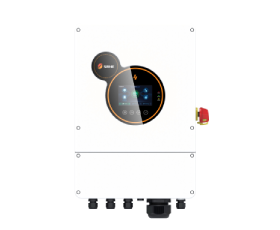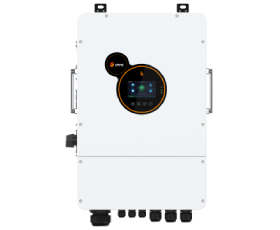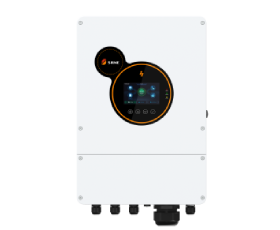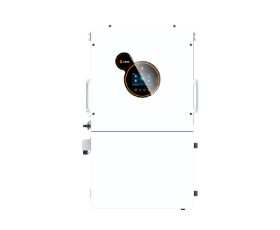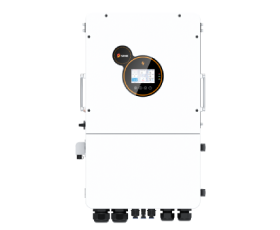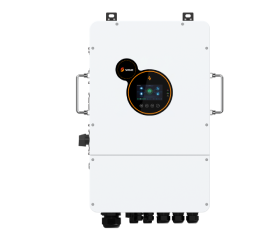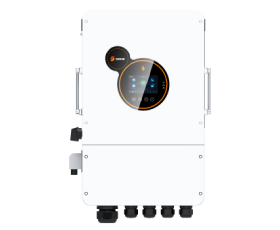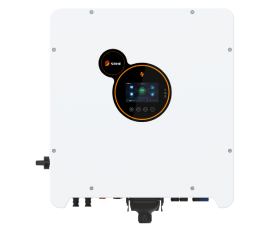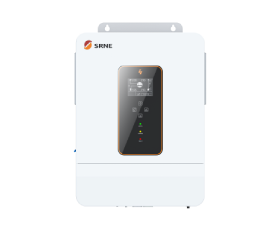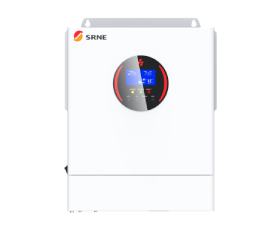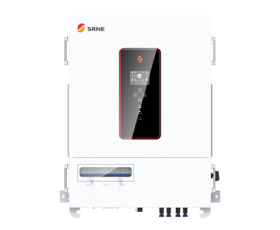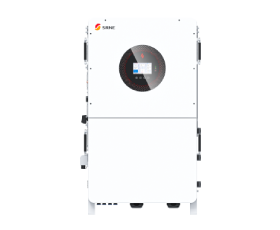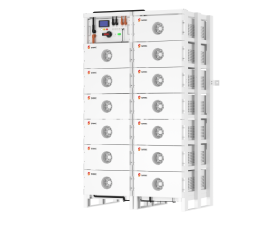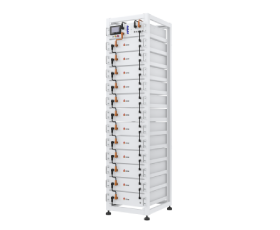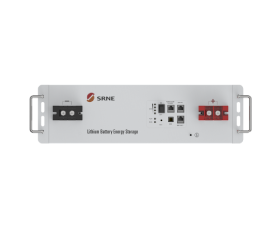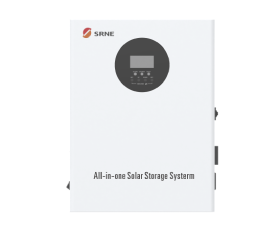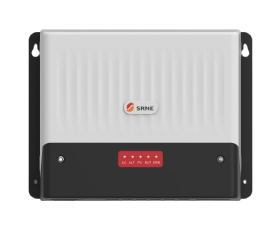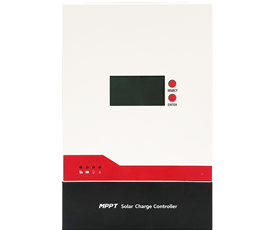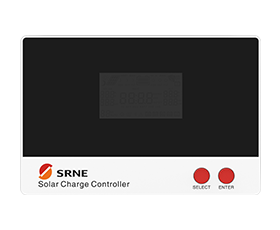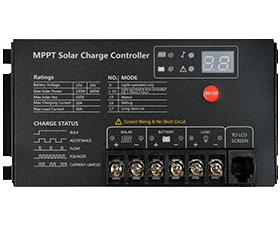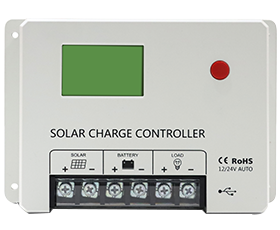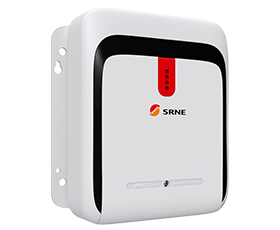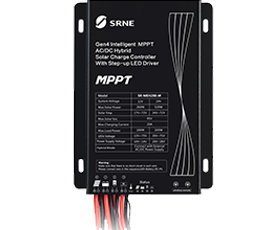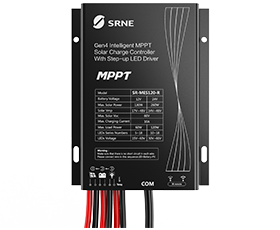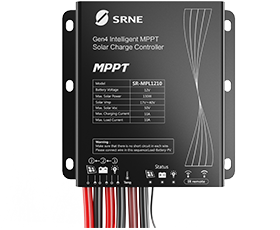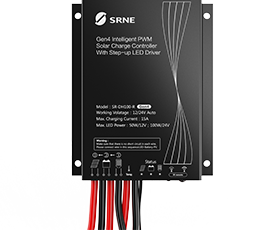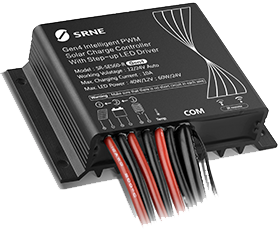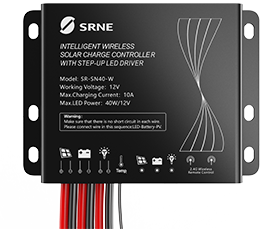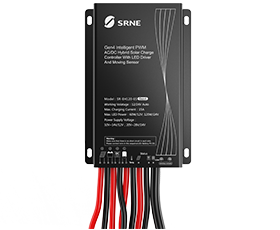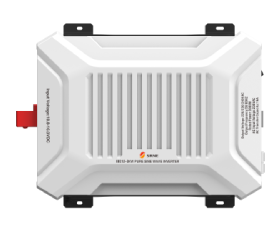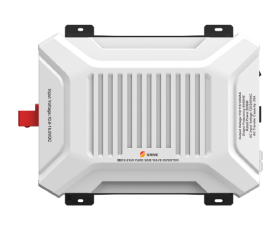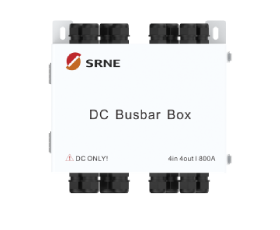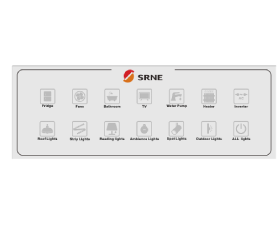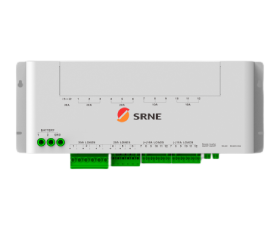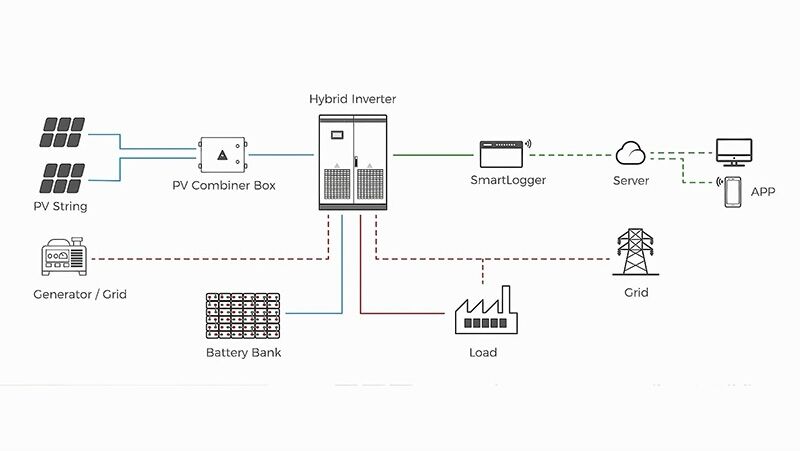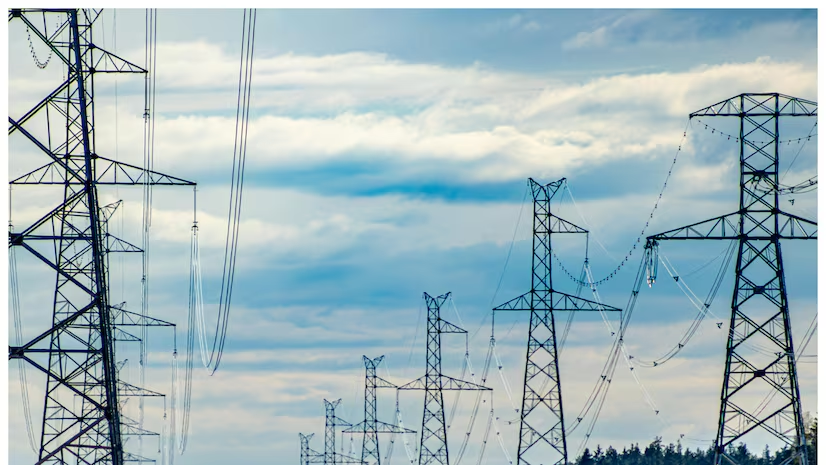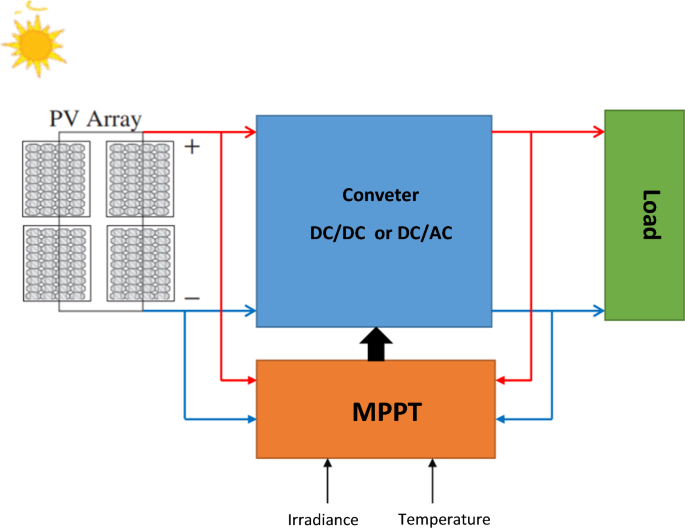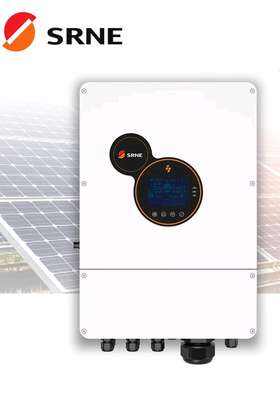Hybrid Inverters Redefine the Relationship Between the Inverter and the Grid
In the evolving world of renewable energy, hybrid inverters have emerged as a game-changing technology that is redefining how inverters interact with the power grid. These inverters are at the forefront of making solar power more efficient, versatile, and sustainable. By combining the benefits of traditional solar inverters with energy storage capabilities, hybrid inverters allow homeowners and businesses to achieve energy independence like never before. This article explores how hybrid inverters are transforming the relationship between inverters and the grid, emphasizing their unique advantages and their critical role in reshaping energy use for modern society.
Hybrid Inverter
The structure of hybrid inverter consists of several functional modules including DC side module, inverter module and control module. Among them, the DC side module is used to accept DC power input, while the inverter module converts DC power into AC power. The control module is responsible for controlling and regulating the whole inverter process. Through the cooperative work of these functional modules, the hybrid inverter can realize flexible power conversion and precise control.
The principle of hybrid inverter is based on power electronics technology, which mainly includes power switching devices and control circuits. The power switching devices are mainly composed of IGBTs (Insulated Gate Bipolar Transistors), which are capable of high power switching operations. The control circuits, on the other hand, precisely control the power switching devices according to the input control signals to achieve the desired voltage and frequency output.
How Hybrid Inverters Change the Grid Relationship
Hybrid inverters are reshaping the dynamics between solar power systems and the grid. Traditionally, solar inverters were designed to either supply electricity for on-site use or export it to the grid when there was a surplus. This model worked well, but it lacked flexibility and relied heavily on consistent sunshine or a stable grid connection. With hybrid inverters, users now have the ability to store excess solar energy in batteries and use it later, reducing reliance on the grid, especially during peak demand hours or power outages.
Key Benefits of Hybrid Inverters:
Grid Independence: Hybrid inverters make it easier to achieve energy independence. By storing energy for later use, users can minimize the power they need from the grid, particularly during peak hours when electricity is most expensive.
Load Shifting: Hybrid inverters allow for intelligent load shifting, which means you can use stored energy during peak times when electricity rates are high. This load management helps reduce electricity bills and makes energy consumption more cost-effective.
Stabilizing the Grid: When equipped with advanced grid management features, hybrid inverters can support grid stabilization. They can feed energy back into the grid during shortages or absorb excess power during periods of oversupply, thus helping maintain grid balance and reliability.
MPPT Technology in Hybrid Inverters
A significant feature of hybrid inverters is the use of Maximum Power Point Tracking (MPPT) technology. MPPT is a technique used to maximize the efficiency of solar panels by ensuring they operate at their optimal power output. The MPPT controller continuously adjusts the electrical operating point of the solar panels to match the changing conditions, such as sunlight intensity and temperature. This results in more efficient energy production and ensures that hybrid inverters can harvest the maximum possible energy from the solar panels. By incorporating MPPT technology, hybrid inverters can significantly enhance the performance of a solar power system, leading to better overall efficiency and greater energy savings.
Optimizing Energy Use with Hybrid Inverters
The most significant impact of hybrid inverters is the optimization of energy use. They ensure that every watt produced by the solar panels is used efficiently, either by being consumed immediately, stored in a battery, or exported to the grid based on the user’s preferences and needs. This tri-directional approach to energy flow is what makes hybrid inverters a valuable addition to any solar setup.
For example, during a sunny day, when solar panels produce excess electricity beyond the immediate needs of the household, a hybrid inverter with MPPT technology diverts this surplus to the battery storage system. When the battery is full, it sends any further excess to the grid, often in exchange for credits or monetary compensation. In the evening, when the sun is down, the stored energy can be used instead of pulling electricity from the grid, thereby reducing the overall grid dependency and saving on electricity costs.
Hybrid Inverters vs. Traditional Inverters
Traditional inverters convert the DC electricity generated by solar panels into AC electricity for use in the home or for feeding into the grid. While effective, they do not provide any way to store the energy produced, meaning any excess electricity must be sent back to the grid or wasted. Hybrid inverters, on the other hand, can store this excess energy in batteries, allowing it to be used when sunlight is unavailable or during peak demand hours.
The main benefits of hybrid inverters over traditional inverters include:
Energy Storage Capability: Hybrid inverters come with the ability to connect directly to battery storage, enabling the capture and use of surplus energy.
Enhanced Grid Support: Hybrid inverters can support the grid in times of need by feeding stored energy back, which helps stabilize grid performance.
Increased Resilience: In areas prone to power outages, hybrid inverters allow for continued access to electricity, even during grid failures, providing added resilience.
Economic and Environmental Benefits
Hybrid inverters offer both economic and environmental benefits. On the economic side, storing solar energy for use during peak times can significantly lower electricity bills. In many regions, electricity is more expensive during peak hours, and using stored energy can help avoid these higher charges. Moreover, hybrid inverters can also qualify for financial incentives or credits for feeding electricity back to the grid.
From an environmental perspective, hybrid inverters help optimize the use of renewable energy. By storing solar energy for later use, they minimize the need for grid power, which is often generated from non-renewable sources like coal or natural gas. This shift reduces greenhouse gas emissions and contributes to the global push towards a cleaner energy future.
Challenges and Future Outlook
While hybrid inverters offer many advantages, they are not without challenges. One of the primary barriers is the initial cost, as hybrid systems require both an inverter and battery storage, making them more expensive than traditional solar systems. However, as battery technology continues to improve and economies of scale drive down costs, hybrid inverters are becoming increasingly affordable for residential and commercial users alike.
The future of hybrid inverters looks promising. With growing awareness about climate change and an increasing emphasis on renewable energy, more people are turning to solar power with energy storage options. Hybrid inverters are also likely to become smarter, incorporating advanced algorithms and AI to predict energy consumption patterns and maximize efficiency. As grid infrastructure evolves, hybrid inverters will be an essential tool for integrating distributed energy resources and supporting a resilient, flexible, and sustainable power grid.
SRNE Hybrid Inverters: A Step Towards Energy Independence
One notable product in the hybrid inverter market is the SRNE Hybrid Inverter . This inverter integrates MPPT technology to ensure that solar panels operate at their maximum efficiency, even under varying environmental conditions. The HES 5kW is designed for both residential and commercial applications, offering advanced energy management features that allow users to store surplus energy, optimize energy use, and support the grid as needed. With a focus on reliability, efficiency, and user-friendly operation, the SRNE Hybrid Inverter represents a significant step towards achieving greater energy independence and resilience.
Conclusion
Hybrid inverters are redefining the relationship between solar energy systems and the grid by offering flexibility, energy independence, and enhanced efficiency. Their ability to store surplus energy, incorporate MPPT technology, and interact intelligently with the grid is crucial for the transition to a decentralized, renewable-focused energy future. By supporting grid stability and optimizing energy use, hybrid inverters are not just a trend but a critical technology for reshaping how we produce, store, and consume energy. As they continue to become more accessible, hybrid inverters will undoubtedly play a key role in the global shift towards sustainable energy solutions.
About SRNE
At SRNE, we are committed to advancing solar energy technology through innovative products like the Hybrid Inverter. Our mission is to provide reliable, high-quality renewable energy solutions that empower individuals and businesses to achieve energy independence while contributing to a cleaner, more sustainable future. Visit our website to learn more about our range of solar products and how we can help you harness the power of the sun.





















